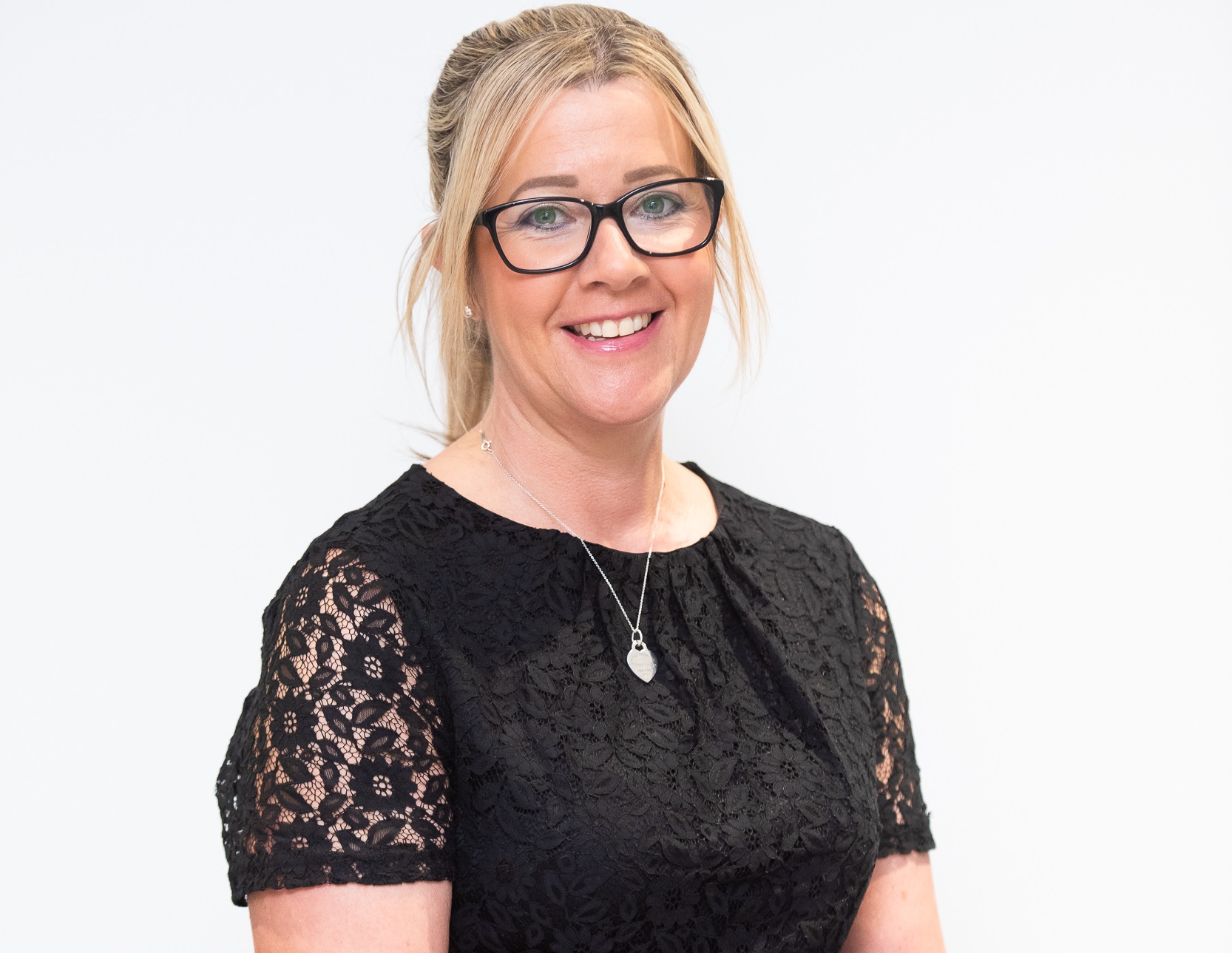Zoe Dempsey: How being ‘smarter, bolder, leaner, faster’ can help achieve net zero

Zoe Dempsey
Burns & McDonnell business development director Zoe Dempsey looks at the changes that the engineering sector will need to make if it is going to have any chance of achieving the UK and Scottish governments’ ambitions for a net zero energy system.
Getting to clean energy targets will depend on fresh thinking and new ways of doing things by the electricity transmission and distribution industry and its partners.
The UK government has set lofty goals for generators of electricity, asking them to ramp up energy supply while revolutionising where it comes from. The Energy Security Plan sets out ambitions to double electricity generation by the late 2030s, for the production of electricity to be fully decarbonised by 2035, and for that electricity to be the cheapest in Europe.
On the way to doing that, the UK has a target of plugging 50 gigawatts (GW) of offshore wind power into the grid by 2030, a hugely ambitious goal that will require considerable effort to achieve. All levels of the supply chain will need to be engaged if there is to be any chance of achieving this. Just as significantly, companies in the supply chain itself need to consider how they can set themselves up to deliver grid upgrades as efficiently as possible.
At Burns & McDonnell, we believe our way of working — smarter, bolder, leaner, faster — enables us to drive the improvements that will make net zero possible.
We strive to be smarter, using an engineering-led approach to come up with new solutions that improve the way projects are designed and delivered and that achieve more sustainable outcomes. This includes leveraging the company’s global reach and knowledge and learning from other major infrastructure projects. We aim to be bolder in our approach, challenging norms and using innovation to enable leaner and faster outcomes, maximising scarce resources in the UK and globally.
The entire electricity transmission and distribution (T&D) sector will need to become more agile without compromising quality or safety. That will require making the most of the entire supply chain experience globally.
Smarter
Being smarter for us means being engineering-led. While many Tier 1 suppliers place the construction elements of a project ahead of engineering, we lead with engineering to design each project’s optimal solution and requirements from the beginning.
This model will be vital for the development of net zero infrastructure. Although there are approaches companies can take during construction to reduce a project’s carbon footprint, projects need to be designed with sustainability in mind to achieve meaningful results. Smarter design also means cutting the cost of projects by incorporating solutions that make construction more efficient, such as modular construction techniques.
Bolder
Being bolder means empowering individuals to challenge old assumptions about the ways things are done. Our teams want to be ambitious and push boundaries to make resources work more efficiently, while working collaboratively with clients to make it happen.
This approach also requires closer examination of supply chain engagement, and consideration of what we can do to expand the pool of potential new entrants.
Where better ways of doing things are available, engineers should challenge themselves to adjust and make the most of them. By encouraging diversity, equality and inclusion (DE&I) across our engineering and construction teams, we can facilitate new ideas, new ways of working and more creativity. This approach will deliver more and better innovations, with greater impact, brought to market faster.
Leaner
Inflation is an ongoing concern, and the electricity T&D industry as a whole is looking to drive down costs. Companies need a credible way of responding to that market pressure and showing that they are as lean as possible.
The demand for engineering skills is well documented. Beyond hiring, companies are looking to maximise in-house talent and make the most of their resources. That also means effective collaboration with clients and supply chain partners to optimise outcomes and standardise solutions. Reusable solutions and designs have an important role to play, as they are cheaper to develop and more efficient to deploy.
The benefits of many of these changes will be realised during the construction phase. But they are dependent on high-quality engineering — this is where real gains can be made. For us, leaner means a more efficient operating model that maintains effectiveness.
Faster
“50 by 30” is an ambitious objective that is coming up quickly. The industry does not have time on its side. Companies need to design, procure and construct faster to deliver the infrastructure needed to hit the government’s goal. Decisions must be taken more quickly and project programmes must be adhered to.
The ability to do this relies on companies keeping their quality and safety standards high. Removing errors and delays is by far the easiest way to keep projects moving.
Contractors, clients, the government and regulators all collaborating closely will also be vital to seeing that projects are completed at the necessary pace. Contractors need early visibility and certainty of new projects, and major infrastructure projects need a programmatic approach to effectively manage supply chain capacity, which will become strained at times.
Success relies on all of the above — designing and building smarter, so that construction is more efficient. It depends on being bold and ambitious, and making the most of resources by creating efficiencies wherever possible.
















